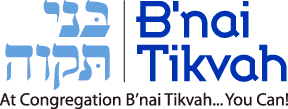The Torah is read on Shabbat and holidays, but also every Monday, Thursday, and Saturday afternoon, as well as Rosh Chodesh and Fast Days. The number of aliyot read reflects the sanctity of the day. So….
This system reveals an important truth. Contrary to common opinion, the holiest day of the year is not Yom Kippur. It’s Shabbat. The tension between the two underscores a fundamental question in Jewish life: what speaks to us more, dramatic events or normal routines? If the journey of our lives takes us through peaks and valleys, it’s understandable why unique events would be exciting for us. Hence the huge attendance on (a normal, non-pandemic) Yom Kippur. But if we live on a high plateau, the constant presence of Shabbat is event enough.
There are two exceptions to the outline of aliyot above. One is Simchat Torah, when everybody present gets an aliyah. This is less about the sanctity of that particular day (since it is exactly the same as Shemini Atzeret, i.e., normally having 5 aliyot) than the sanctity of the Torah itself, which is “honored” by all the aliyot.
The other exception is Shabbat, when Torah readings can be split to provide the opportunity for more aliyot. There can be hosafot (meaning “additional”) aliyot, topped off by an acharon (“final”) aliyah. This can be occasioned if there are many people that need to be honored that day, which we will talk about next week.
On the other hand, the rabbis were well aware that a long service is not necessarily a good service, and things could get out of hand if too many aliyot are given out. This is the stuff of nightmares for rabbis, cantors, and ritual committees.
